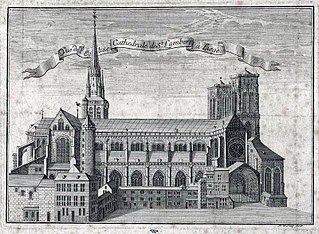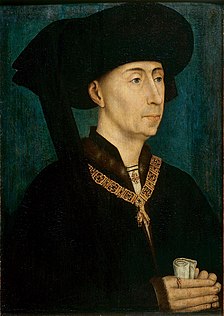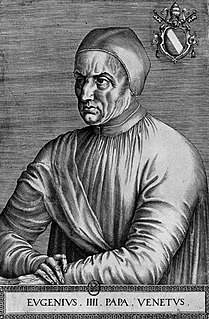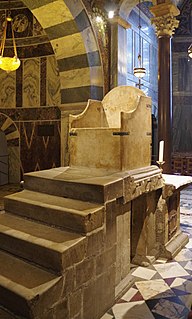
Henry I of Brabant, named "The Courageous", was a member of the House of Reginar and first Duke of Brabant from 1183/84 until his death.
The Duke of Brabant was formally the ruler of the Duchy of Brabant since 1183/1184. The title was created by the German Emperor Frederick Barbarossa in favor of Henry I of the House of Reginar, son of Godfrey III of Leuven. The Duchy of Brabant was a feudal elevation of the since 1085/1086 existing title of Landgrave of Brabant. This was an Imperial fief which was assigned to Count Henry III of Leuven shortly after the death of the preceding Count of Brabant, Count Palatine Herman II of Lotharingia. Although the corresponding county was quite small its name was applied to the entire country under control of the Dukes from the 13th century on. In 1190, after the death of Godfrey III, Henry I also became Duke of Lotharingia. Formerly Lower Lotharingia, this title was now practically without territorial authority, but was borne by the later Dukes of Brabant as an honorific title.
Charles de Bourbon was the oldest son of John I, Duke of Bourbon and Marie, Duchess of Auvergne.
Sir William Tresham JP was an English lawyer and Speaker of the House of Commons.
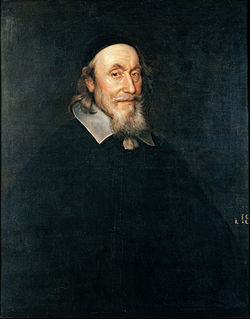
The Chancellorof Uppsala University was from 1622 to 1893 the head of the University of Uppsala, although in most academic and practical day-to-day matters it was run by the consistory (konsistorium) or board, and its chairman, the Rector magnificus.

The Duchy of Limburg or Limbourg was a state of the Holy Roman Empire. Its main territory including the capital Limbourg is today located within the Belgian province of Liège, with a small part in the neighbouring province of Belgian Limburg, within the east of Voeren.
Thomas Chaundler (1418–1490) was an English playwright and illustrator.

John III the Pitiless, Duke of Bavaria-Straubing (1374–1425), of the House of Wittelsbach, was first bishop of Liège 1389–1418 and then duke of Bavaria-Straubing and count of Holland and Hainaut 1418–1425.
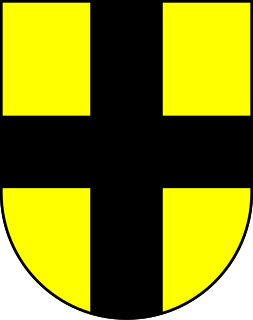
The Diocese of Aachen is one of 27 dioceses in Germany and one of the six dioceses in the ecclesiastical province of Cologne. The incumbent bishop is Helmut Dieser, who was appointed by Pope Francis on 23 September 2016. The bishop's seat is Aachen.

Louis de Bourbon was Prince-Bishop of Liège from 1456 until his death.

Sir John Popham was MP for Hampshire and Sheriff of Hampshire. He was a military commander and speaker-elect of the House of Commons. He took part in Henry V's invasion of France in 1415 and in the French wars under John of Lancaster, 1st Duke of Bedford. He was elected Speaker of the House of Commons in 1449 but was permitted by King Henry VI to decline the office on the ground of infirmity.
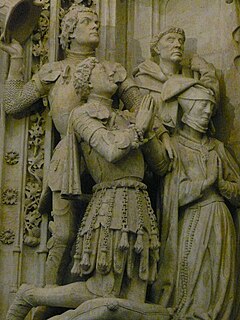
Engelbert I of Nassau was a son of Count Johan I of Nassau and Countess Margaretha of the Marck, daughter of Count Adolph II of the Marck.
The Wars of Liège were a series of three rebellions by the Prince-Bishopric of Liège, in the town of Liège in modern-day Belgium, against the expanding Duchy of Burgundy between 1465 and 1468. On each occasion, the rebels were defeated by Burgundian forces commanded by Charles the Bold and the city was twice burned to the ground.
John Orum was an English churchman and academic. He was vice-chancellor of Oxford University, and Archdeacon of Barnstaple from 1400 to 1429.
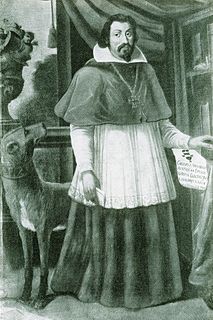
Charles of Austria, nicknamed the Posthumous, a member of the Imperial House of Habsburg, was Prince-Bishop of Wrocław (Breslau) from 1608, Prince-Bishop of Brixen from 1613, and Grand Master of the Teutonic Order from 1618 until his death. In 1621 he also received the Bohemian County of Kladsko as a fief from the hands of his brother, Emperor Ferdinand II.
William Walesby was a Canon of Windsor from 1441 to 1450 and Archdeacon of Chichester from 1444 to 1444.
Arnold V de Looz, was Count of Loon from 1279 to 1323 and Count of Chiny from 1299 to 1310. He was the son of John I, Count of Looz and Mathilde Jülich.
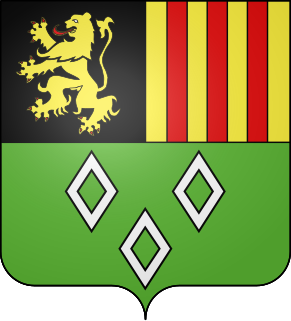
Glymes was a noble house of Belgium, of descendants of a bastard branch of the Dukes of Brabant. Glymes or Glimes is a municipality of Incourt. Their descendants of the branch of Grimberghen are styled as the Prince de Grimberghen.


